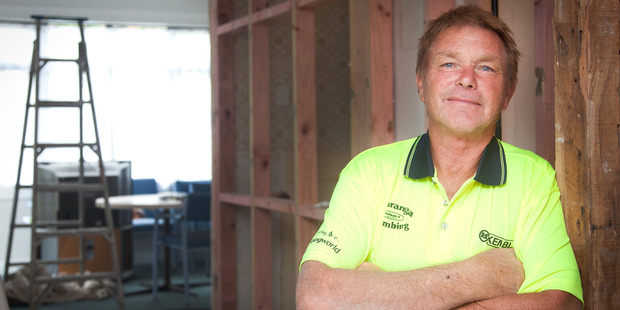
by Sally Rose
Seniors groups have come out swinging against the 2015 federal budget arguing it unfairly targets older Australians, with measures that impact mature-aged workers and migrant pensioners among those in the firing line.
Consumer lobby group National Seniors criticised the budget for slashing $2.4 billion from pensions, cutting over $50 million from aged care, and tinkering with incentives designed to encourage employers to hire older workers.
“Older Australians are bearing the brunt of budget cuts, and they have every right to be disappointed,” National Seniors chief executive Michael O’Neill said.
Council of the Ageing (COTA) chief executive Ian Yates said older Australians will welcome confirmation that the government has dropped “unfair” changes to pension indexation and given them more choice and control in how they receive aged care at home, changes to employment incentives and cuts to dementia care would be less popular.
Mr Yates said he was particularly disappointed with the government’s changes to its flagship mature age employment scheme introduced last year.
Employers who hire an eligible worker aged over 55 years through the Restart Allowance scheme will now be rewarded with the full $10,000 subsidy after one year, rather than two.
CHURNING
“This could lead to some employers churning older employees on short contracts so employers benefit from the incentive but the workers become unemployed again. It is also disappointing that the incentives still only apply to older people who have been unemployed and on income support for six months. Earlier eligibility would make candidates more attractive to an employer,” Mr Yates said.
Advocates were also critical of a decision to combine the administration of the Restart Allowance scheme with other employment programs targeting younger workers.
“The budget claims a $120 million saving from this reorganisation but it is not clear where that saving will come from. We are worried it will mean a reduction in funding for Restart and argue that older workers need a dedicated program,” Mr O’Neill said.
Separately, a move to slash the amount of time per year retired migrants will be allowed to spend living outside Australia without having their aged pension rate cut has also drawn criticism for being unfair and potentially discriminatory.
OVERSEAS
As it stands, aged pension recipients who have lived in Australia for less than 35 years since the age of 16 can spend up to six months a year living overseas before losing part of their benefit. Under the new rules this threshold will be cut to just six weeks.
“It is a very mean-spirited approach that unfairly singles out Australians who were not born in this country,” Mr O’Neill said.
Aged pensioners who have lived in Australia for more than 35 years will retain the ability to live overseas for most of the year without losing their pension.
The new rules are forecast to save the budget $168.6 million per year from 2017.
“It seems like a very harsh cut for the people affected without a very clear rationale as to why it is being done,” Mr Yates said.
Source: AFR















